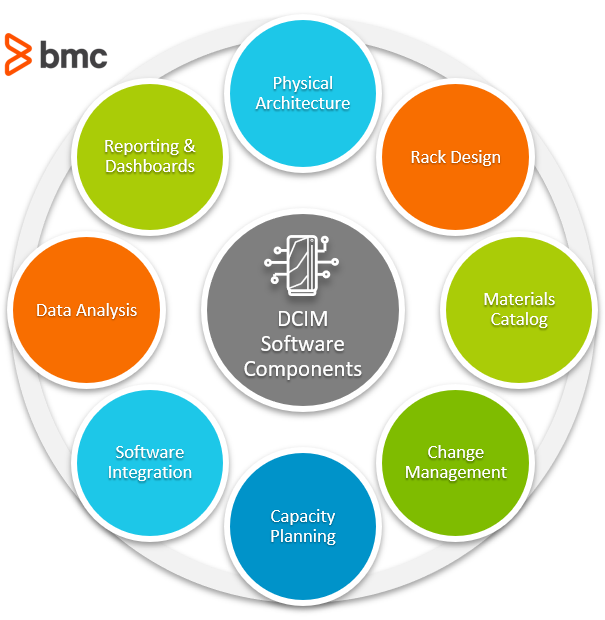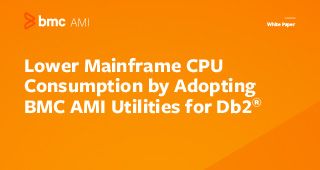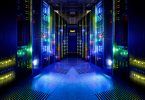Data Center Operations refer to the systems, processes, and workflows used to operate a data center facility. These operations include several areas:
- The construction, maintenance, and procurement of data center infrastructure
- The IT systems architecture design and security
- Ongoing data center management, including compliance, audits, and accounting of the data center organization
In this article, let’s look at data center operations, including the core components of running and supporting a data center.
Data center operations in cloud computing
Large cloud vendors, including AWS, Google, and Microsoft, operate a global footprint of data center facilities that serve cloud-based computing services to millions of business and private citizen consumers.
Data center reliance is steadily increasing:
Global IT data center spending is expected to be greater than $1 trillion by 2029. By the end of 2024, 1,136 global hyperscale data centers were operational. Global internet traffic increased by 17.2% in 2024. The number of internet users is expected to grow by 23.66%, topping 7 billion users, by 2029.
Trends like expanding connectivity through satellite services, greater use of mobile devices, the normalization of remote and hybrid work, and exploding AI application growth are increasing demands on highly available data center operations. Other contributions to high data center energy consumption include machine learning training and inference, and Bitcoin and other cryptocurrency mining.
These services are delivered to end-users at specific performance and dependency levels specified in the Service Level Agreements (SLAs). Additionally, these data center facilities operate in compliance with stringent global regulations such as ISO/IEC 27001, GDPR, HIPAA, and SOC 2, among others.
Components of data center operations
In order to meet these various objectives, the modern data center operations cover the following key pillars:
- Physical components
- IoT, connect systems & data-driven control
- Standards and process workflows
Let’s take a look at each pillar.
Physical data center components
The physical data center components are critical to managing highly dependent data center operations. Some of the most efficient data centers are located at low-temperature geographic regions, safe and secure from natural and man-made disaster incidents, with ready access to utility and emergency services.
The common physical elements of a data center include:
- Data center facility: A building space with efficient access to utilities and emergency services. Since data centers are some of the most energy-consuming building facilities, the architecture is optimized for space and environmental control. Low-temperature regions are chosen to offset the energy consumption necessary for data center component cooling. Data centers account for around 1% of global electricity demand, or about 250 TWh.
- Core components: The standard IT equipment and software necessary to deliver computing services to a large customer base. These include servers and storage systems, networking devices, backup devices, infrastructure such as racks, HVAC, and electrical systems, and other computing infrastructure resources.
- Support infrastructure: This includes the physical security of the space, HVAC cooling, Uninterruptible Power Sources (UPS) such as generators and battery banks, and utility service infrastructure. Access to emergency services is critical to maintain data center operations.
- Security systems: These include physical protections to keep unauthorized people out, access controls, surveillance and monitoring equipment, and alarm systems.
- Fire suppression systems: From detection devices to alarms to active firefighting technologies, these systems protect equipment.
- Operational staff: The workforce that supports the data center, both on-premises and off-site employees who manage and maintain the data center operations to meet the defined performance, security, and compliance standards.
(Learn how the cloud is changing data center jobs.)
IoT, connected systems & data-driven control
The modern data center is highly dependent on a network of connected devices that relay information on several key attributes of the data center operations. These are not limited solely to computing performance and network security, but also include the overall performance of the facility in terms of:
- Cooling
- Energy consumption
- Airflows
- Reliability
- Costs
A Data Center Infrastructure Management (DCIM) solution integrates the network of IoT sensors to capture relevant information logs from across the facility and data center components. These technologies use sophisticated algorithms and analytics capabilities to:
- Report on data center performance
- Guide on decisions to optimize various aspects of data center operations
- Manage workflow changes at the physical layer of the IT network with respect to the network traffic and software applications running on the servers
Therefore, the supply of computing resources is optimized against changing demands and network traffic flows.
In order to achieve these goals, the DCIM also physically tracks every component of the IT environment tagged by an RFID chip. As a result, the DCIM presents a holistic dashboard view of the current status of all components and helps engineers manage process workflows accordingly.
(Read all about DCIMs & data center management.)

Data center standards & process workflows
A significant proportion of data center optimization takes place at the logical level. Operational workflows that govern the information flow, system design, engineering and business practices, and the end-to-end data center lifecycle procedures govern the effectiveness of the data center facility.
Industry standards and organizations—including Lawrence Berkeley National Laboratory, The Green Grid, Open Compute Project, ITI and the TBM Council—provide guidelines on managing data center operations. These guidelines encompass the end-to-end lifecycle of data center operations, including:
- Design and deployment
- Management and troubleshooting
- Decommissioning of data center components
Organizations such as the National Institute of Standards and Technology (NIST) provide guidelines on information systems and design architecture of the IT environment.
Data center operation roles
A team of people works to maintain continuous, secure, and efficient operations in a data center. Each person fills a specialized role in the operation and maintenance of the hardware, software, building systems, and physical plant.
What does a data center operator do?
A data center operator is concerned with the day-to-day operations of the data center infrastructure, including:
- Monitoring and maintenance: Looks for issues and performs routine maintenance of servers, networking equipment, and building environmental systems.
- Physical tasks: Installs or replaces hardware and cables, and contributes to infrastructure repairs and upgrades.
- Security and uptime: Maintains digital and physical security systems, ensuring compliance with policies and procedures. Contributes to incident response and disaster recovery to ensure operational continuity.
Given that data centers operate around the clock, staffing in this position is done in shifts to ensure the role is constantly filled.
What is the role of a data center operations manager?
A data center operations manager oversees the systems, teams, processes, and reporting necessary for performance, security, and uptime. They think strategically about the future and are responsible for:
- Team leadership: Hires and trains staff, then provides them with goals, tasks, and responsibilities.
- Vendor and maintenance management: Manages vendors to ensure third-party providers deliver as promised and to standards.
- Compliance and reporting: Ensures operations comply with industry regulations and internal standards, while providing reports on incidents, ongoing performance, and audit details.
What does a data center technician do?
A data center technician provides technical support, performs much of the necessary maintenance, and troubleshoots each of the elements of the data center, including:
- Hardware support: Installs and configures servers, networking equipment, and storage devices, replacing them as needed.
- Preventive maintenance: Inspects, tests, cleans, and repairs hardware to optimize their operations and maximize their useful lives.
- Documentation: Records inventory hardware, maintenance activities, and reports on system configurations.
- User support: Helps staff and clients with necessary troubleshooting and technical support, escalating issues as appropriate.
What is the role of a facility engineer in a data center?
A facility engineer maintains and optimizes the data center’s physical infrastructure to ensure it is stable and efficient. They oversee:
- Infrastructure: Maintains HVAC, electrical systems, plumbing, and other physical plant systems.
- Emergency systems: Maintains and tests the systems that ensure resilient, fail-safe operations, including backup generators, UPS systems, and fire suppression systems.
- Energy efficiency: Controls energy consumption and costs to optimize performance, while minimizing the energy use of the facility.
- Compliance and safety: Ensures the data center operates in compliance with state and local regulations, and that the environment is safe for all people on the site.
What does a data center network engineer do?
A data center network engineer is responsible for the technical heart of the data center, designing and building the network of servers, storage devices, and connectivity to ensure seamless data flow, high availability of services, and cybersecurity. This includes:
- Network architecture: Designs the data center’s network for scalability and resilience.
- Configuration and deployment: Configures routers, switches, firewalls, and load balancers, and then deploys and integrates hardware as the data center scales.
- Troubleshooting: Identifies, diagnoses, and works through outages, congestion, and performance issues for minimal downtime and disruptions.
- Security: Implements security systems and protocols, monitoring them for issues and ensuring the protection of all data center systems from threat actors and inadvertent breaches.
Optimizing data center operations for customer value
The final element of cloud-based data center operations corresponds to the IT services delivered to end-users. Data center organizations can adopt tools such as ITIL 4 to integrate multiple service management operating models that can help organizations optimize IT operations for maximum business value.







